18 Abandoned Castles and Mansions Around the World with Haunting Histories
Abandoned castles and mansions around the world tell haunting stories of forgotten grandeur. These historical structures, once symbols of wealth and power, now stand in ruin, captivating those who seek to explore their eerie beauty. Many of these sites are shrouded in mystery, with legends of ghostly encounters and untold histories. While some are slowly being restored, others remain hidden from the public eye, accessible only to the brave. From the forgotten halls of Europe to the crumbling fortresses of the Americas, each site offers a glimpse into the past. Whether you’re a history enthusiast or a thrill-seeker, these abandoned castles and mansions are filled with fascinating tales.
This post may contain affiliate links, which helps keep this content free. Please read our disclosure for more info.
Château de la Mothe-Chandeniers, France
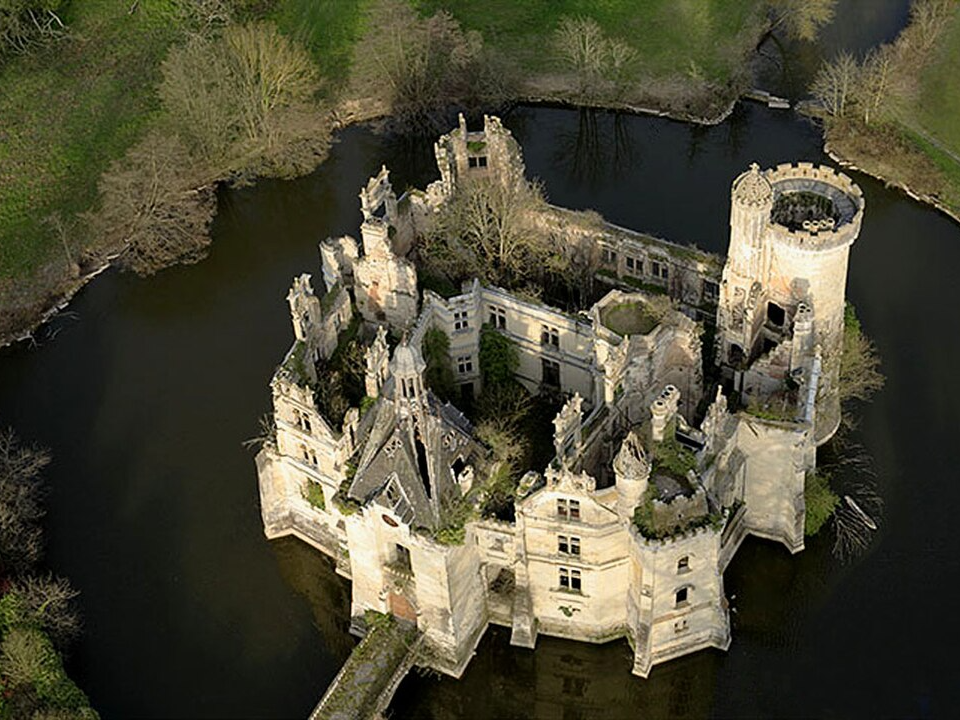
Situated in the Vienne department of France, the Château de la Mothe-Chandeniers dates back to the 13th century. Once a grand stronghold, it fell into disrepair after a devastating fire in 1932. The ruins, now enveloped by nature, have become a symbol of romantic decay. In 2017, a crowdfunding campaign successfully raised €1.6 million to purchase and preserve the site, attracting over 27,000 contributors.
Today, the château stands as a testament to collective effort and historical preservation. Its haunting beauty continues to captivate visitors and photographers alike. The ongoing restoration efforts aim to stabilize the structure and open it to the public, allowing future generations to experience its storied past.
Château de Gudanes, France
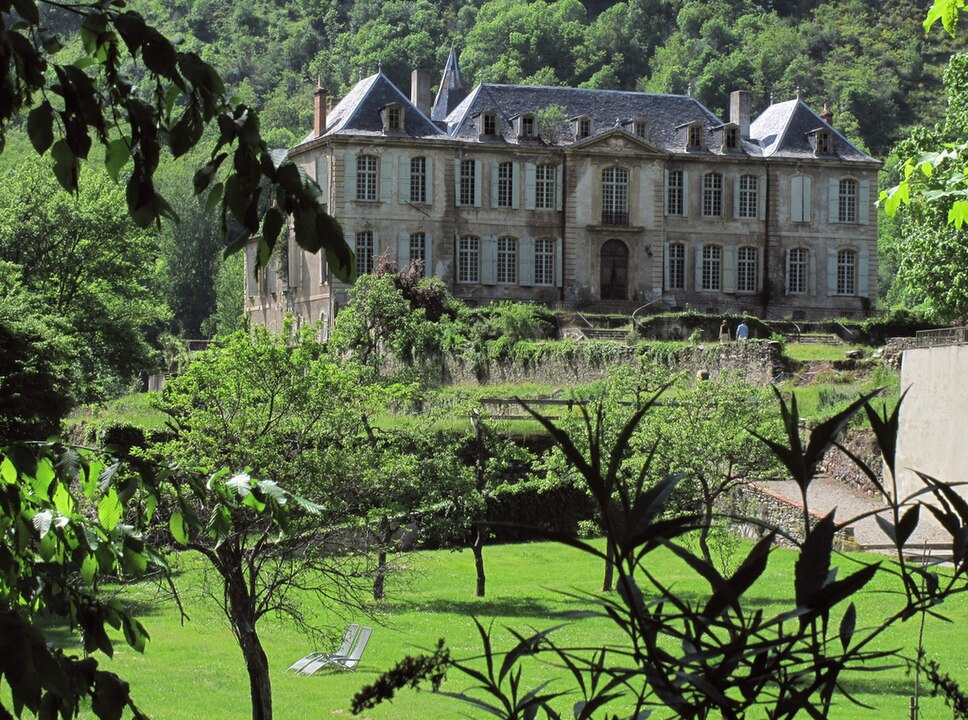
Located in the Ariège region of southern France, the Château de Gudanes was constructed between 1741 and 1750 in the neoclassical style. By the late 20th century, the château had fallen into ruin. In 2013, an Australian couple purchased the property with plans to restore it. Their efforts have uncovered hidden frescoes, secret tunnels, and remnants of the original medieval fort beneath the neoclassical structure.
The château’s restoration has garnered international attention, with the couple documenting their journey online. Their work has not only preserved a piece of architectural history but also brought to light the château’s layered past, blending medieval and 18th-century elements.
Bannerman Castle, United States

Bannerman Castle is located on Pollepel Island in the Hudson River, New York. Built in the early 1900s by Frank Bannerman, a military surplus dealer, the castle was designed as both a storage facility and a private residence. It once housed thousands of military items, including munitions and weaponry. The castle faced years of neglect after a fire in 1969 severely damaged the structure.
Today, Bannerman Castle stands as a haunting reminder of a forgotten era. Its crumbling walls and overgrown landscape make it a popular spot for photographers and adventurers. The island is accessible only by boat, adding to the allure of this eerie yet beautiful abandoned site. Preservation efforts are ongoing, though the site remains mostly closed to the public.
Houska Castle, Czech Republic

Located in the Czech Republic, Houska Castle is known for its strange and mysterious history. Built in the late 13th century, it was constructed over what is believed to be a “gateway to Hell.” The castle served as a military fortress during medieval times, but its eerie reputation comes from the legend surrounding its foundation. According to local lore, the castle was built to seal the entrance to a deep pit where demons were said to dwell.
Today, Houska Castle remains a mysterious and popular destination for paranormal enthusiasts. Its location in the dense forests adds to its ominous presence. The castle’s haunting atmosphere and unusual history make it a unique example of abandoned properties with a dark past. Visitors are drawn to the site in hopes of experiencing paranormal activity, though the castle is open to the public for tours and events.
Pidhirtsi Castle, Ukraine
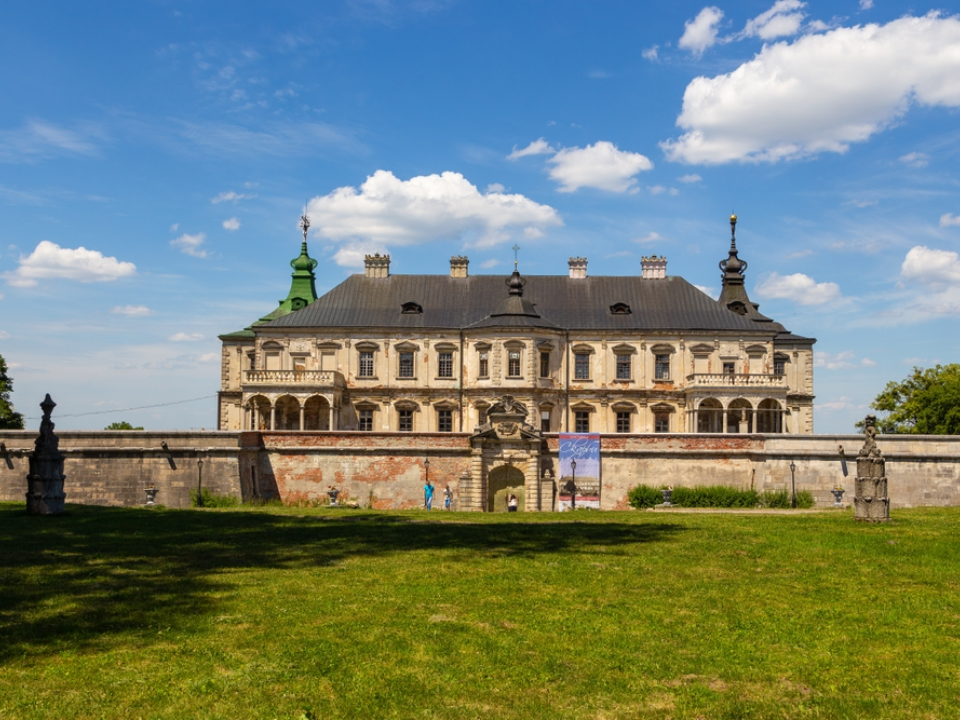
Pidhirtsi Castle, located in western Ukraine, was built in the 17th century and served as a noble residence. The castle is a stunning example of Renaissance architecture, surrounded by extensive grounds and a beautiful park. However, after World War II and subsequent neglect, the castle fell into disrepair. It was abandoned, and its contents were looted, leaving behind a shell of its former grandeur.
Today, Pidhirtsi Castle is a haunting reminder of its noble past. The once-lavish interiors are now empty, and the exterior shows signs of weathering and decay. Despite the extensive damage, the castle’s beauty remains, making it a captivating location for photographers and history enthusiasts alike. Efforts to restore the building have been slow, but its intriguing history and picturesque location continue to attract attention.
Urquhart Castle, Scotland

Located on the shores of Loch Ness in Scotland, Urquhart Castle has a long and tumultuous history. Originally built in the 13th century, it played a significant role in the Wars of Scottish Independence. The castle was eventually abandoned in the 17th century, and by the 18th century, it had fallen into ruin after being partially destroyed by its own defenders to prevent it from falling into enemy hands.
Today, Urquhart Castle is a popular tourist destination, attracting visitors with its breathtaking views of Loch Ness. While much of the structure is in ruins, the remaining towers offer a glimpse into its grand past. The site is not only a significant historical landmark but also a place where myths about the Loch Ness Monster continue to captivate the imagination of many visitors.
Montségur Castle, France
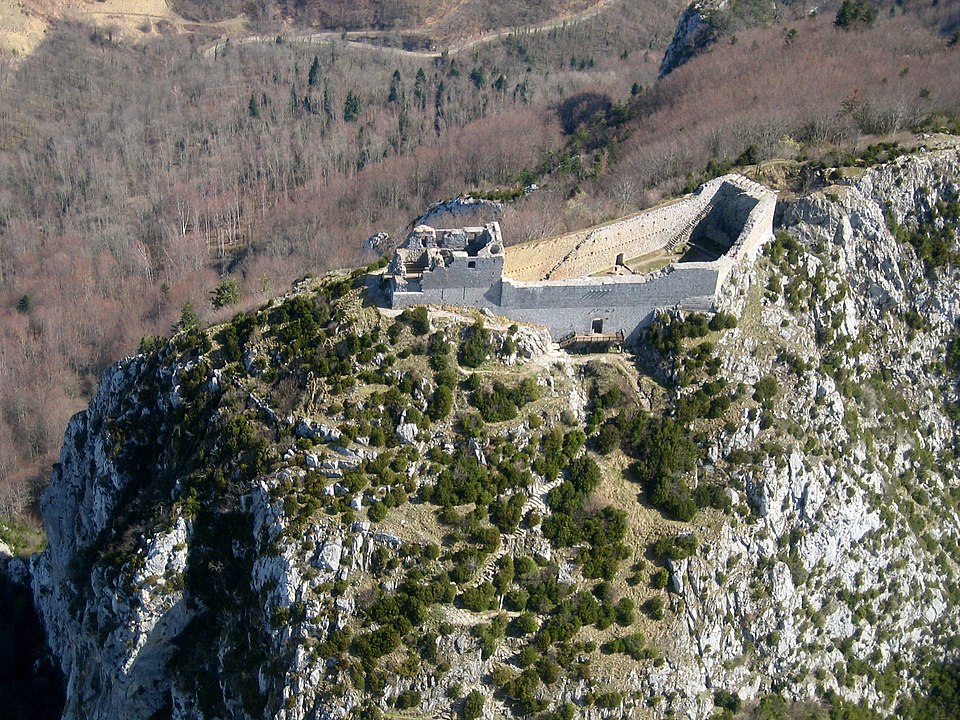
Perched high in the French Pyrenees, Montségur Castle was once the seat of the Cathars, a religious group that faced persecution during the Albigensian Crusade in the early 13th century. The castle is infamous for the siege in 1244, when nearly 300 Cathars were burned alive at the foot of the castle after refusing to renounce their beliefs. Today, the castle stands as a memorial to the Cathar martyrs and their tragic fate.
Montségur Castle’s ruined state adds to its eerie and tragic history. The castle’s location on a steep hill offers panoramic views of the surrounding landscape, which only enhances the sense of isolation that permeates the site. The area remains a place of pilgrimage for those interested in the Cathar religion and the history of the medieval crusades. It is also a popular hiking spot for those seeking to explore both its historical and natural beauty.
Castel del Monte, Italy
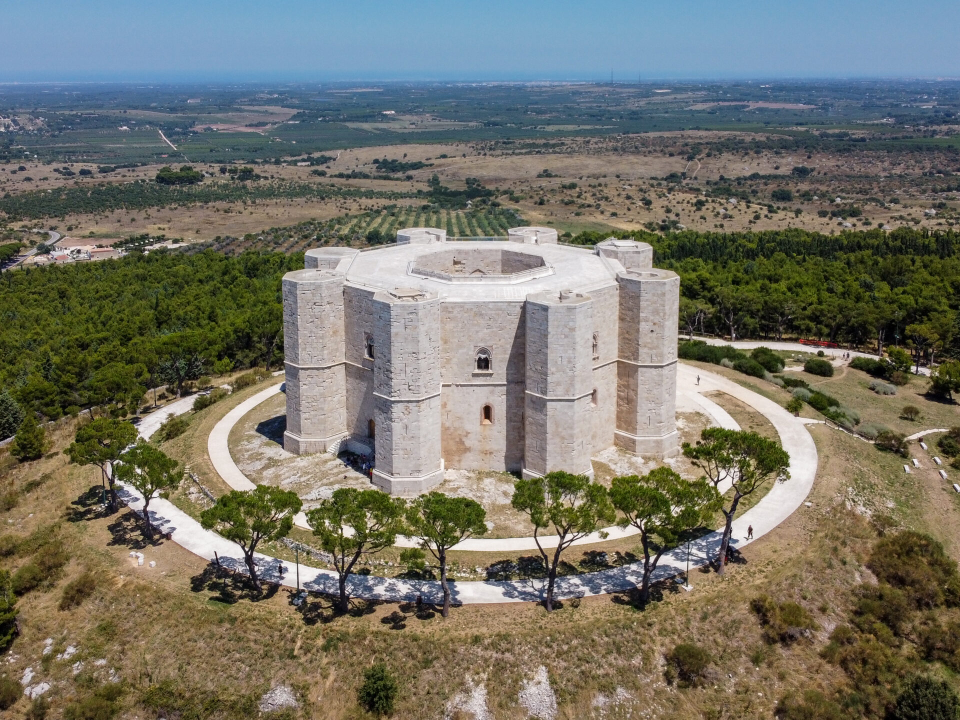
Castel del Monte, located in the Apulia region of southern Italy, was built in the 13th century by the Holy Roman Emperor Frederick II. The castle is famous for its unique octagonal shape and is considered a masterpiece of medieval military architecture. Despite its imposing design, the castle was never used for military purposes and is thought to have been more of a royal residence or a place for intellectual pursuits.
Today, Castel del Monte is a UNESCO World Heritage Site and a symbol of Italy’s rich medieval history. Its isolated location on a hilltop offers sweeping views of the surrounding landscape, making it a popular destination for tourists. The castle’s mysterious purpose, along with its architectural beauty, continues to fascinate visitors. Castel del Monte is also a significant cultural landmark, drawing attention for its alignment with celestial events and its geometric design.
Bodiam Castle, England
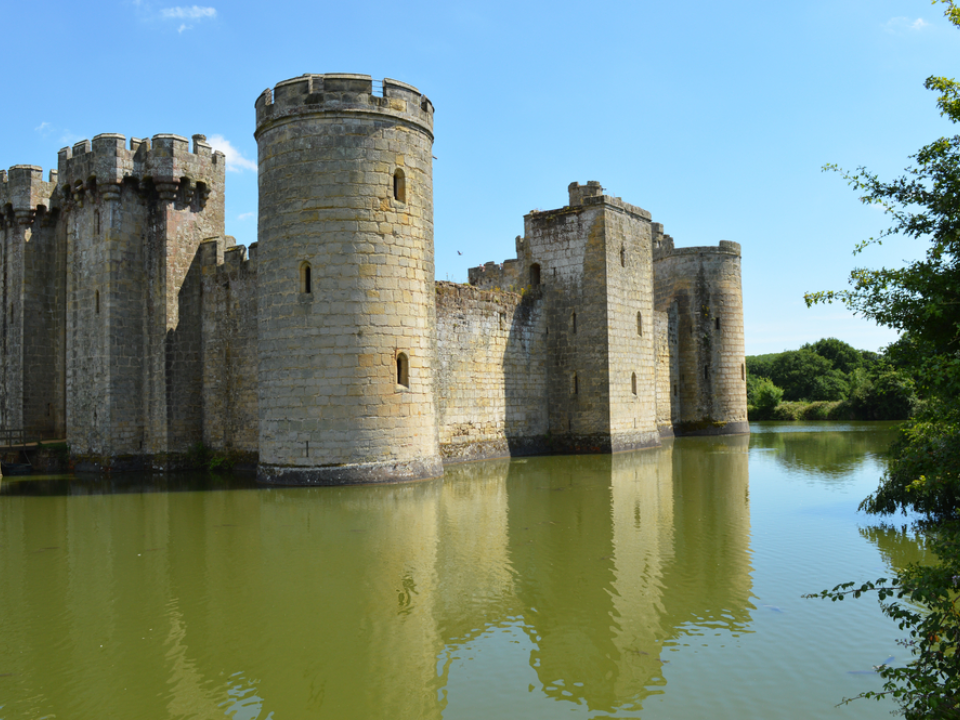
Bodiam Castle, located in East Sussex, England, was built in 1385 by Sir Edward Dalyngrigge, a former soldier who sought to defend his estate from French invaders. The castle features a moat, drawbridge, and four corner towers, making it one of the most iconic examples of a medieval fortress. Though it was never involved in battle, the castle’s formidable design reflects the tensions of the time.
Today, Bodiam Castle stands as one of the most visited historic sites in England. The ruins are well-preserved, and the site offers a glimpse into the grandeur of medieval life. The picturesque location, combined with the dramatic silhouette of the castle against the sky, makes it a favorite among photographers. The ongoing preservation efforts aim to maintain the site’s historical significance while providing an enjoyable experience for visitors.
Peleș Castle, Romania
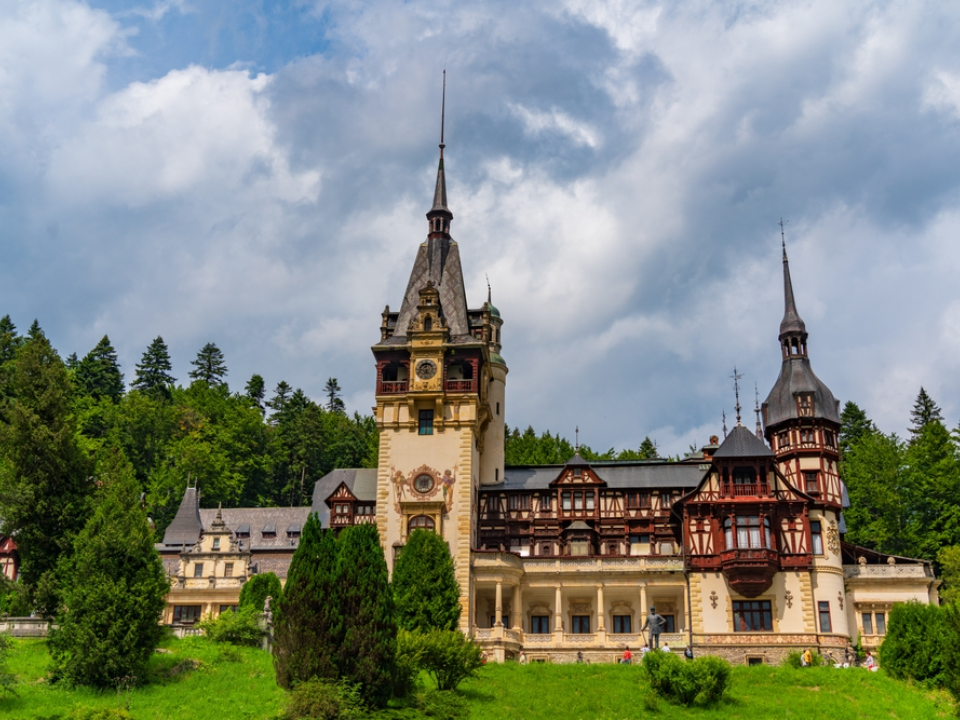
Peleș Castle, located in the Carpathian Mountains of Romania, is an extraordinary example of Neo-Renaissance architecture. Built in the late 19th century for King Carol I, it is known for its stunning exterior, elaborate woodwork, and beautiful surroundings. Despite being used as a royal residence, the castle was seized by the Communist regime after World War II and remained closed to the public for many years.
Today, Peleș Castle is a popular tourist attraction, drawing visitors from around the world to marvel at its beauty and learn about Romania’s royal history. The interior is just as impressive as the exterior, with ornate rooms and collections of artwork. The castle’s surrounding parkland adds to its charm, making it a must-visit destination for history lovers and architecture enthusiasts.
Bran Castle, Romania
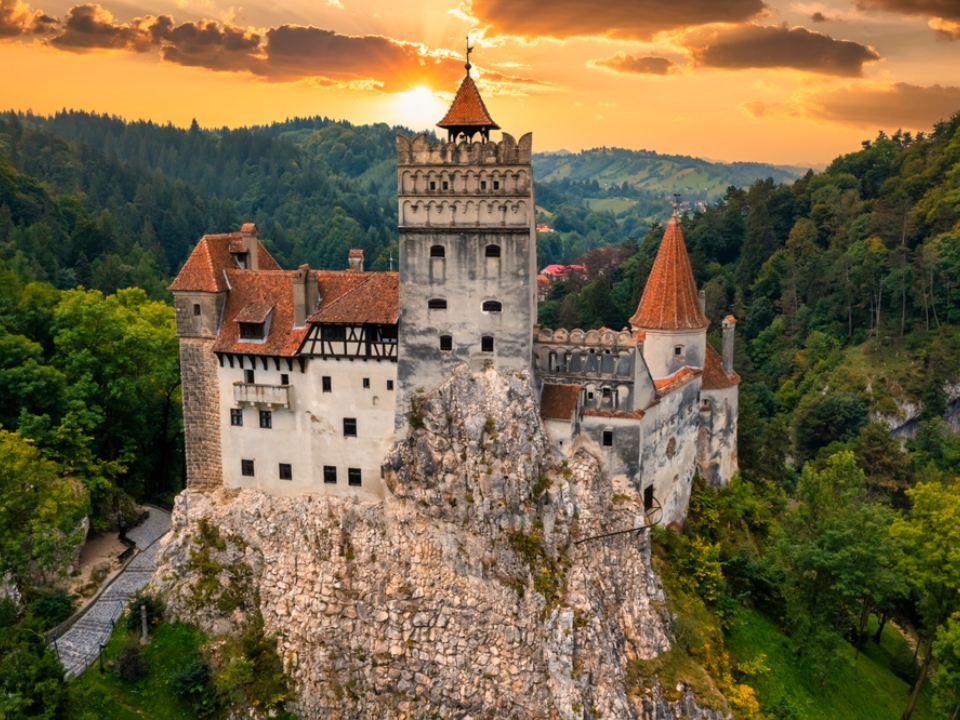
Bran Castle, also known as Dracula’s Castle, is located in the Transylvania region of Romania. The castle was originally built in the 14th century to defend against invading forces. Over the years, the castle has become associated with the Dracula legend, due to its eerie appearance and its connection to Bram Stoker’s novel. However, the real historical connections to Vlad the Impaler, the inspiration for Dracula, are tenuous at best.
Today, Bran Castle is a major tourist destination, attracting those intrigued by the Dracula myth and Romania’s medieval past. The castle’s dark and atmospheric design, combined with its historical significance, makes it a captivating site to explore. Visitors can tour the castle’s many rooms and chambers, which are filled with artifacts from the royal family that once resided there. It remains one of the most iconic castles in Eastern Europe.
Muncaster Castle, England
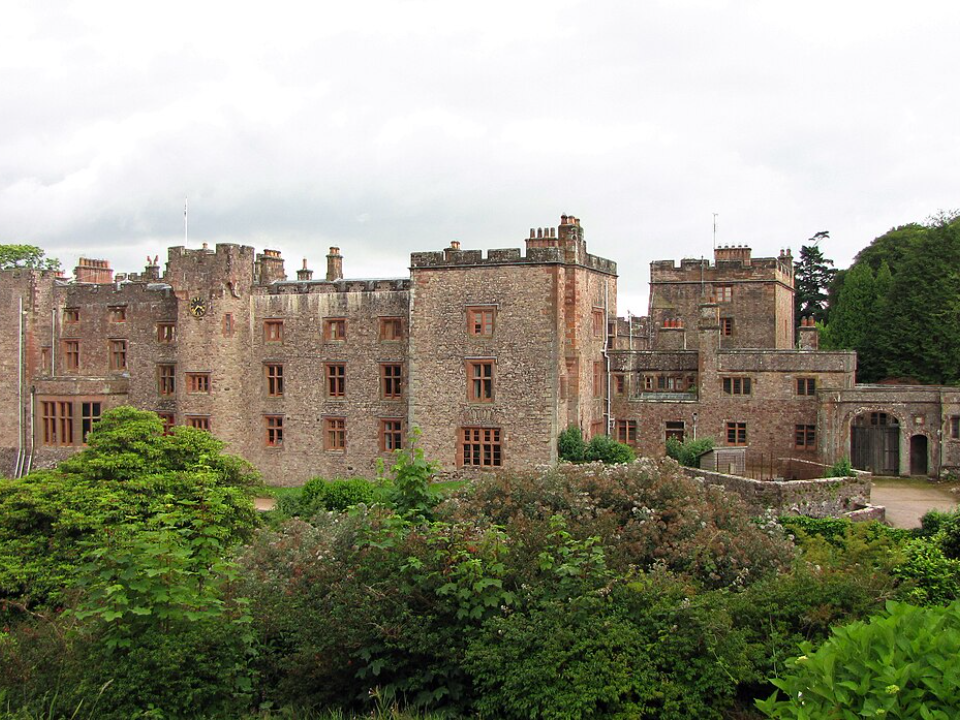
Muncaster Castle, located in Cumbria, England, is known for its rich history and its association with several ghost stories. The castle’s origins date back to the 13th century, though much of the structure has been rebuilt over the years. The castle is still inhabited by the Pennington family, but it is also a popular tourist attraction due to its fascinating history and the numerous legends surrounding it.
The haunting reputation of Muncaster Castle is what makes it truly stand out. Visitors can explore the castle’s grounds, which are home to an extensive collection of rare plants and wildlife, as well as its interior, which boasts period furnishings and artifacts. The castle is also known for its annual “ghost hunts,” which attract those eager to experience its paranormal activity firsthand. Its blend of natural beauty and chilling folklore makes Muncaster Castle a unique destination for those seeking both history and adventure.
Overtoun House, Scotland
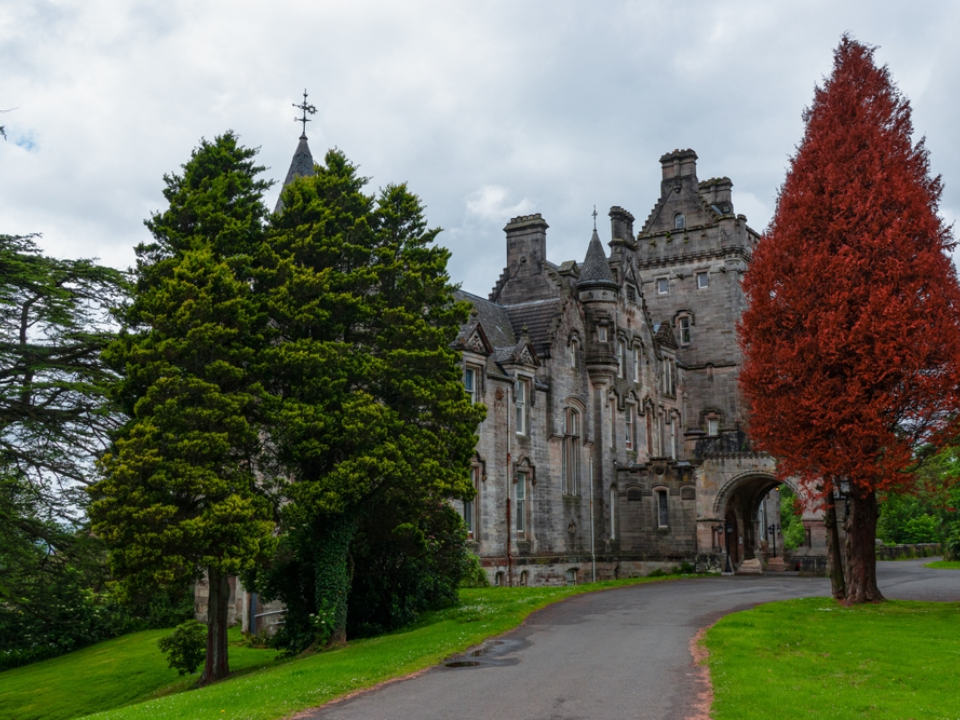
Overtoun House, located near Milton, Scotland, has a chilling history and is infamous for its alleged paranormal activity. Built in the 19th century by the wealthy industrialist James White, the mansion is surrounded by eerie legends. It gained notoriety for the strange occurrence of dogs jumping from the bridge near the property, with numerous reports of pets inexplicably leaping to their deaths. While some claim it is haunted, others suggest the nearby chemicals in the area cause confusion in the animals.
Today, the mansion is a ruin, and the grounds have been abandoned for years. Despite its dilapidated state, Overtoun House remains a place of fascination for those intrigued by its strange history and paranormal associations. The unsettling atmosphere continues to attract visitors and paranormal investigators alike. With its gothic architecture and the bizarre occurrences that surround it, Overtoun House stands as a reminder of Scotland’s mysterious past.
Chateau de Brissac, France

Chateau de Brissac, located in the Loire Valley, is known for its opulence and haunted past. Built in the 11th century, the château has undergone several renovations, transforming it into one of the most significant castles in France. It is famous for its haunting legend, centered around the ghost of Charlotte de Brissac, who was murdered by her husband in the 15th century. Charlotte’s spirit is said to haunt the castle, appearing in a green dress, forever wandering the halls.
Today, Chateau de Brissac remains a private residence and a popular tourist destination. Visitors often tour its lavish rooms and grounds, learning about the castle’s long history. The ghostly sightings and eerie atmosphere add to its charm, making it a memorable stop for those intrigued by paranormal activity. Its combination of beauty, history, and haunting legends continues to draw people to this grand château.
Schloss Drachenburg, Germany

Schloss Drachenburg, located in Germany’s scenic Rhine Valley, is a stunning example of 19th-century architecture. Built as a private residence by the banker Stephan von Sarter, the castle was never fully completed, adding to its mysterious allure. After von Sarter’s death, the castle went through a series of owners, eventually falling into disrepair in the 20th century. The grand structure, with its towers and sweeping views, has an air of both opulence and melancholy.
Today, Schloss Drachenburg is open to the public, and while it remains a beautiful sight, it is not without its ghost stories. Many visitors claim to have experienced strange occurrences in the castle, from eerie sounds to unexplained cold spots. Its history of abandonment and the mysterious events surrounding it have only added to its haunting reputation. Schloss Drachenburg’s gothic architecture and haunting history make it an intriguing stop for travelers interested in both beauty and the supernatural.
The Greenbrier, United States

The Greenbrier, located in White Sulphur Springs, West Virginia, is a historic resort that dates back to the 18th century. The luxurious hotel has a long and storied history, but it also holds a dark secret. During the Cold War, the Greenbrier housed a secret government facility designed to shelter members of Congress in case of nuclear war. This hidden bunker, which remained a secret for decades, adds a layer of intrigue to the otherwise elegant resort.
Today, the Greenbrier remains a functioning resort, but the hidden bunker is open for tours, offering visitors a chance to explore this dark piece of American history. The bunker’s eerie, abandoned rooms, along with the hotel’s historical significance, make it a must-see for those fascinated by government secrets and Cold War history. The Greenbrier continues to attract those interested in the intersection of luxury, history, and haunting pasts.
The Black Swan Inn, United States
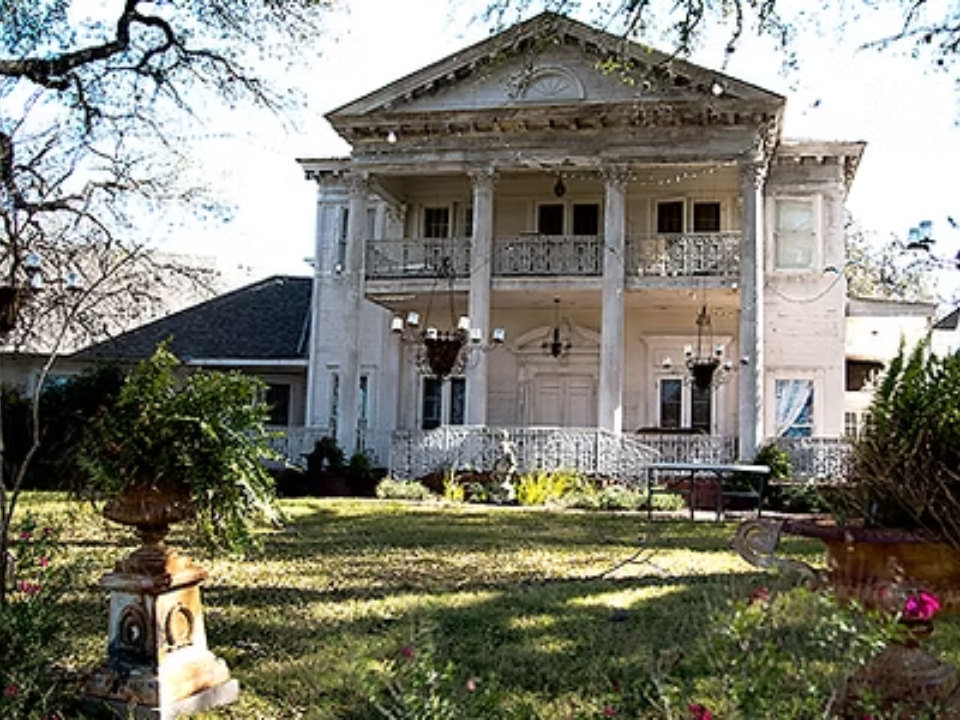
Located in San Antonio, Texas, the Black Swan Inn is a private residence with a reputation for being haunted. Built in the 19th century, the mansion’s eerie reputation stems from its previous owners, who were reportedly involved in a series of tragic events. Visitors have reported hearing strange noises, seeing unexplained shadows, and experiencing sudden drops in temperature throughout the property. The inn’s haunted history, combined with its grand design, makes it a fascinating destination for paranormal enthusiasts.
The Black Swan Inn’s location near downtown San Antonio adds to its allure, and the mansion’s spooky reputation attracts visitors year-round. While its original purpose was as a private home, the mansion now functions as a venue for weddings and other events. Despite its occasional use, the haunting tales and eerie atmosphere continue to linger in the halls. The Black Swan Inn is a prime example of a building where beauty and the supernatural coexist.
Castle of the Teutonic Order, Poland

Located in Malbork, Poland, the Castle of the Teutonic Order is one of the largest brick castles in the world. Built in the 13th century by the Teutonic Knights, the castle is a symbol of medieval military architecture. Over the centuries, the castle has seen numerous battles and sieges, and its history is intertwined with the rise and fall of the Teutonic Order. After falling into disrepair, the castle has since been restored and is now a UNESCO World Heritage Site.
Despite its restoration, the Castle of the Teutonic Order remains a site steeped in dark history. The castle’s impressive size and medieval features contribute to its imposing presence. Visitors often feel a sense of awe as they walk through the halls, but many also report an eerie feeling, as if the spirits of fallen knights still linger within the walls. The castle’s haunting history, combined with its stunning architecture, makes it one of Poland’s most intriguing landmarks.
This article originally appeared on Avocadu.
